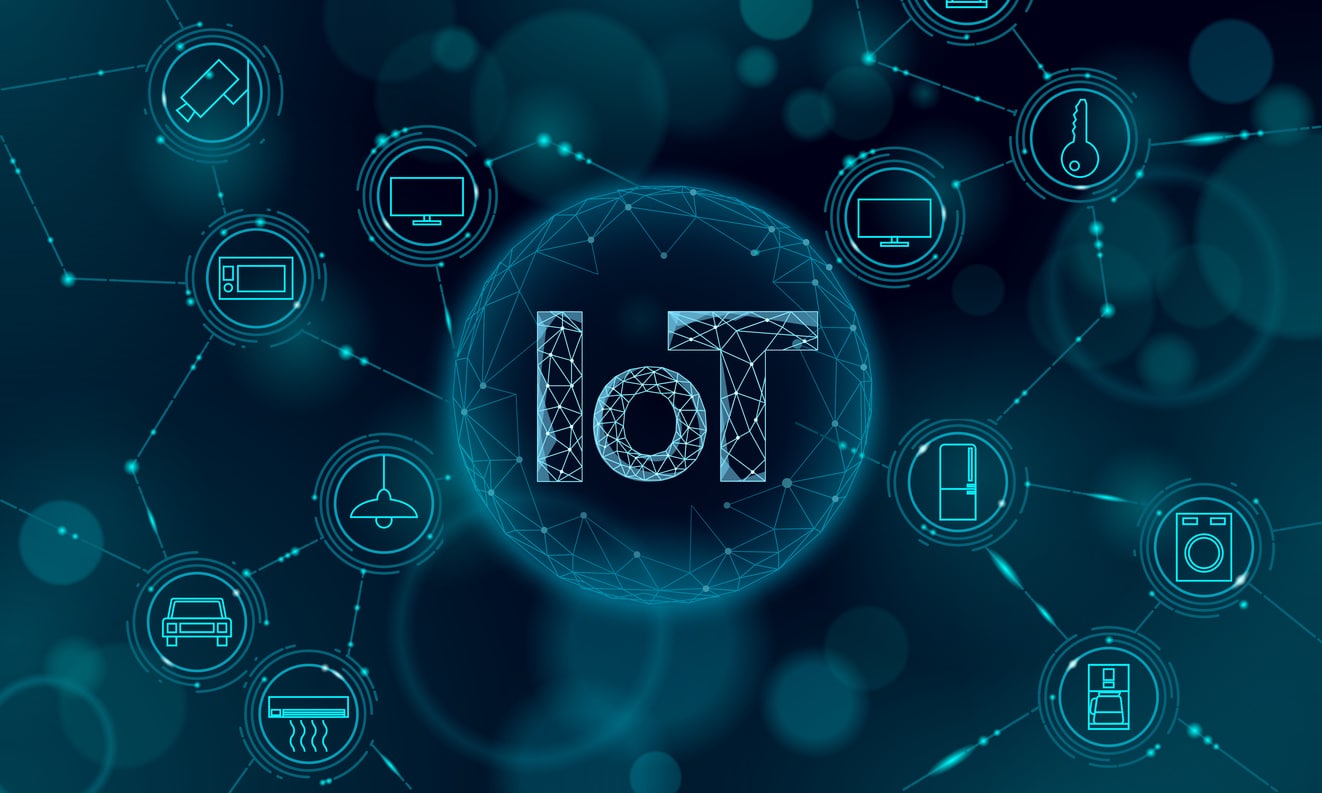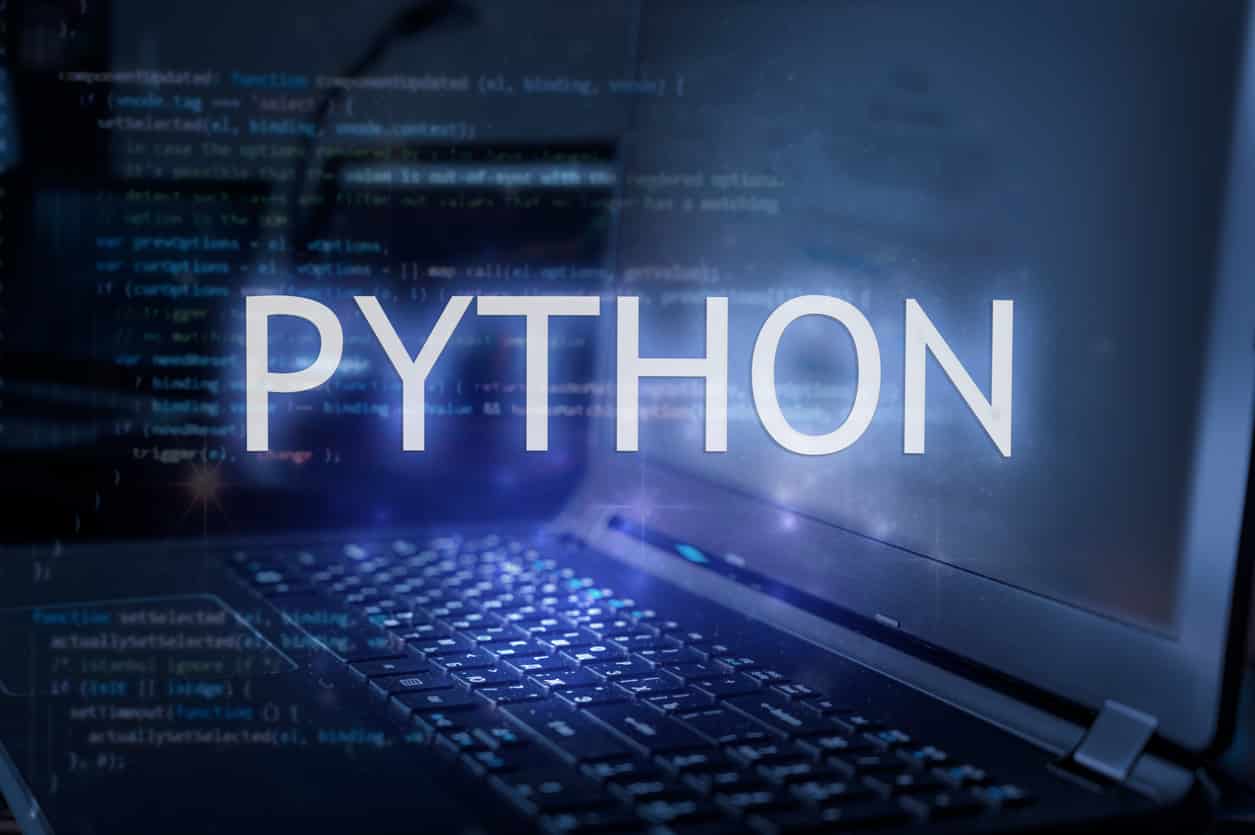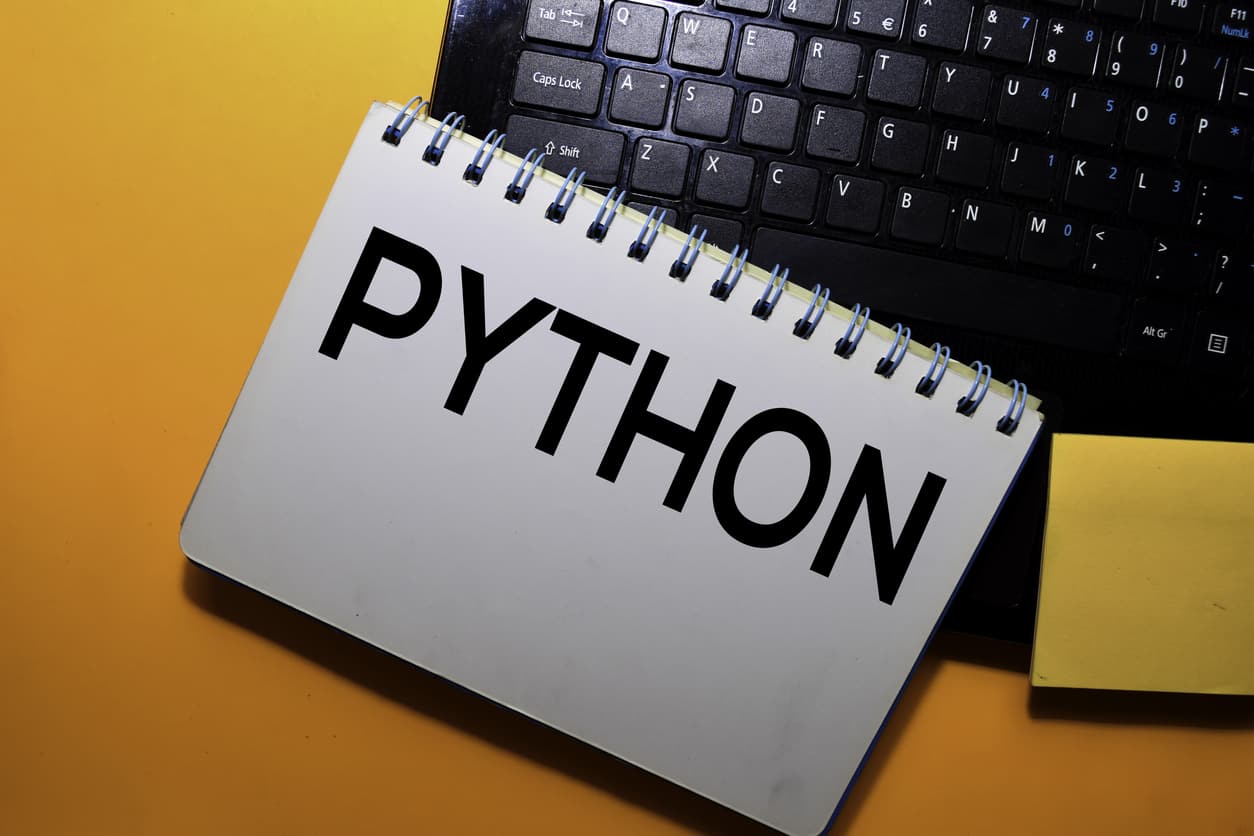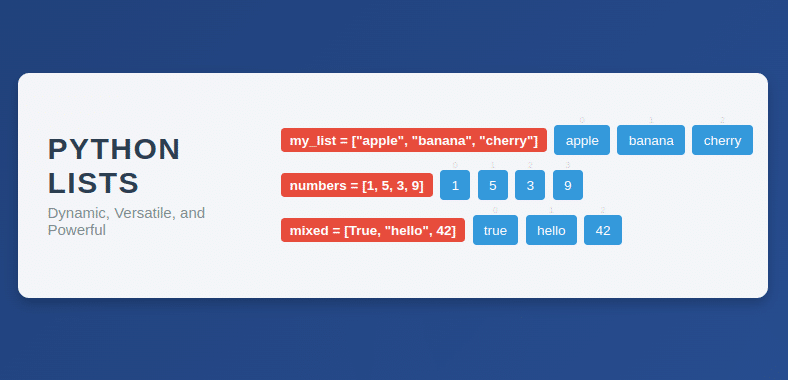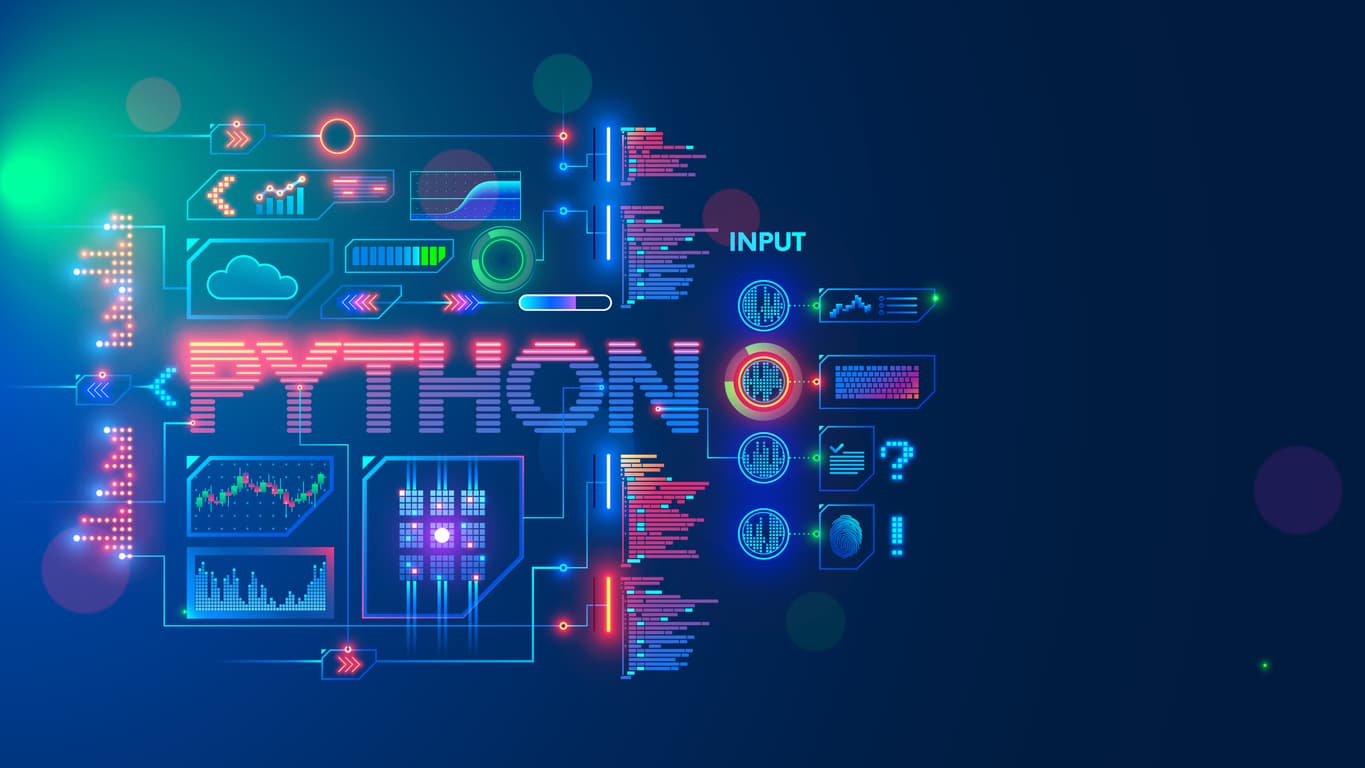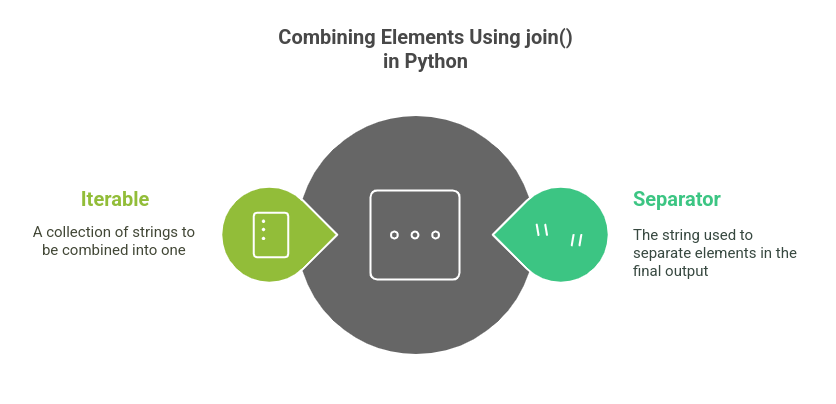The Internet of Things has revolutionized the way we interact with technology, enabling smart solutions and connectivity on an unprecedented scale. From smart homes to industrial automation, IoT projects have transformed various sectors, enhancing efficiency, convenience, and sustainability.
In this article, we explore the top 10 IoT projects that inspire innovation and connectivity, highlighting their impact on industries and our daily lives.
What is IoT?
The Internet of Things (IoT) is a network of physical devices, vehicles, appliances, and other objects embedded with sensors, software, and connectivity that enables them to collect and exchange data. These devices are capable of communicating with each other and can be remotely monitored, controlled, and accessed. IoT technology allows for the seamless integration of the physical and digital worlds, creating a vast ecosystem of interconnected devices that work together to gather and analyze data in real-time. This data can be utilized to automate processes, improve efficiency, enhance decision-making, and create new opportunities for innovation across various industries.
Impact of IoT
The impact of IoT has been far-reaching, transforming industries, businesses, and our daily lives. In manufacturing, IoT enables the concept of smart factories, where machines communicate and coordinate with each other, leading to increased productivity and reduced downtime. In healthcare, IoT devices and wearables enable remote patient monitoring, personalized treatments, and early detection of health issues. IoT also plays a significant role in energy management, agriculture, transportation, and smart cities, improving resource efficiency, enhancing safety, and promoting sustainability. By connecting devices and leveraging real-time data, IoT empowers organizations and individuals to make informed decisions, optimize processes, and create innovative solutions that drive progress in the digital age.
Smart Home Automation
- Smart Thermostats: These IoT devices regulate home temperature based on user preferences, resulting in energy savings and improved comfort. For example, the Nest Learning Thermostat adapts to users’ schedules and learns their temperature preferences, leading to minimum energy consumption and lower utility bills. The ability to control thermostats remotely through smartphone apps adds convenience and flexibility to homeowners’ lives.
- Intelligent Lighting Systems: IoT-enabled lighting systems automatically adjust brightness and color based on natural light and user preferences. Philips Hue, a popular smart lighting solution, allows users to create customized lighting scenes, control lights remotely, and save energy through intelligent scheduling. These systems not only offer convenience but also create ambiance and improve energy efficiency by optimizing lighting conditions based on occupancy and natural light availability.
Industrial IoT (IIoT)
- Predictive Maintenance: IoT sensors monitor equipment conditions, detect anomalies, and enable proactive maintenance, reducing downtime and optimizing productivity. General Electric’s Predix platform, for instance, collects real-time data from machines and applies machine learning algorithms to predict maintenance needs, improving equipment reliability and reducing operational costs. By leveraging IoT for predictive maintenance, industries can prevent costly breakdowns, extend equipment lifecycles, and streamline maintenance operations.
- Asset Tracking: IoT-based tracking systems monitor the location and condition of assets, enabling better inventory management and supply chain optimization. Amazon’s use of RFID tags in warehouses allows for real-time asset tracking, minimizing errors, improving efficiency, and streamlining logistics operations. The ability to track assets throughout the supply chain improves visibility, reduces losses, and enables businesses to make data-driven decisions for inventory management and order fulfillment.
Agriculture and Farming
- Precision Farming: IoT devices, such as soil sensors and drones, collect data on soil moisture, nutrient levels, and crop health to optimize farming practices. John Deere’s FarmSight uses IoT technology to gather data and provide farmers with insights for precision planting, fertilization, and irrigation, leading to increased crop yields and reduced resource usage. By leveraging real-time data and analytics, precision farming enables farmers to make informed decisions, minimize waste, and promote sustainable agriculture.
- Smart Irrigation Systems: IoT-based irrigation systems monitor weather conditions and soil moisture, delivering water efficiently and conserving resources. Rachio’s smart sprinkler controllers use weather data and soil sensors to create personalized watering schedules, resulting in water conservation and healthier lawns. These systems adjust watering based on factors like rainfall, evaporation rates, and plant needs, preventing overwatering and promoting water-efficient practices in farming and landscaping.
Healthcare and Wearable Devices
- Remote Patient Monitoring: IoT devices enable healthcare professionals to remotely monitor patients’ vital signs, allowing for early detection of health issues and better management of chronic conditions. For instance, BioTelemetry provides cardiac monitoring devices that transmit real-time data to healthcare providers, enhancing patient care and reducing hospital visits. Remote patient monitoring facilitates continuous health tracking, proactive interventions, and personalized care, improving patient outcomes and reducing healthcare costs.
- Fitness Trackers: Wearable devices track activity levels, heart rate, and sleep patterns, empowering individuals to monitor their health and fitness goals. Fitbit, a well-known fitness tracker brand, offers devices that help users track their daily steps, exercise routines, and sleep quality, fostering a healthier lifestyle. These devices provide valuable data insights, encourage physical activity, and promote personal wellness by setting goals, providing feedback, and promoting healthy habits.
Smart Cities and Urban Infrastructure
- Intelligent Traffic Management: IoT-based traffic systems collect real-time data to optimize traffic flow, reduce congestion, and enhance safety. Singapore’s Intelligent Transport System utilizes IoT sensors and data analytics to dynamically adjust traffic signals and manage traffic patterns, resulting in reduced congestion and smoother traffic flow. By intelligently managing traffic, cities can reduce travel times, minimize carbon emissions, and improve road safety for commuters.
- Waste Management Solutions: IoT sensors monitor waste levels in bins, optimizing collection routes and reducing unnecessary pickups. Bigbelly’s smart waste management system uses compacting bins equipped with sensors to detect waste levels, enabling efficient waste collection and minimizing environmental impact. By optimizing waste management operations, cities can improve cleanliness, reduce costs, and promote sustainable waste practices.
Continuous Learning and Innovation
In the rapidly evolving landscape of IoT, continuous learning and innovation are crucial to stay ahead and make the most of the endless possibilities that this technology offers. With new advancements, standards, and protocols emerging regularly, it is essential for professionals and organizations to foster a culture of lifelong learning. Continuous learning enables individuals to acquire new skills, stay updated with the latest IoT trends and best practices, and adapt to the changing needs of the IoT industry. By investing in training like Cloud computing course, attending industry conferences, and participating in online forums and communities, professionals can expand their knowledge base and stay abreast of the latest developments in IoT.
Innovation is at the heart of IoT. As new technologies and solutions emerge, it is important to embrace a mindset of exploration and experimentation. The IoT field presents opportunities for groundbreaking innovations that can reshape industries and transform the way we live and work. By fostering an environment that encourages creativity, problem-solving, and collaboration, organizations can drive innovation and discover novel use cases for IoT. This can involve brainstorming sessions, hackathons, and cross-functional collaborations to generate ideas and explore new possibilities. Continuous learning and innovation go hand in hand, enabling individuals and organizations to unlock the full potential of IoT and drive meaningful change in the world.
Conclusion
These projects showcase the transformative power of IoT in various sectors. From smart homes that enhance comfort and energy efficiency to industrial IoT solutions that optimize operations and reduce downtime, these projects demonstrate the potential of IoT to revolutionize our lives. In agriculture, healthcare, and urban infrastructure, IoT enables sustainable practices, improved resource management, and a better quality of life. As IoT continues to evolve, it will unlock new opportunities for innovation and connectivity, shaping a more efficient, interconnected future. Embracing and exploring these IoT projects will inspire further innovation, leading us towards a smarter and more connected world.
